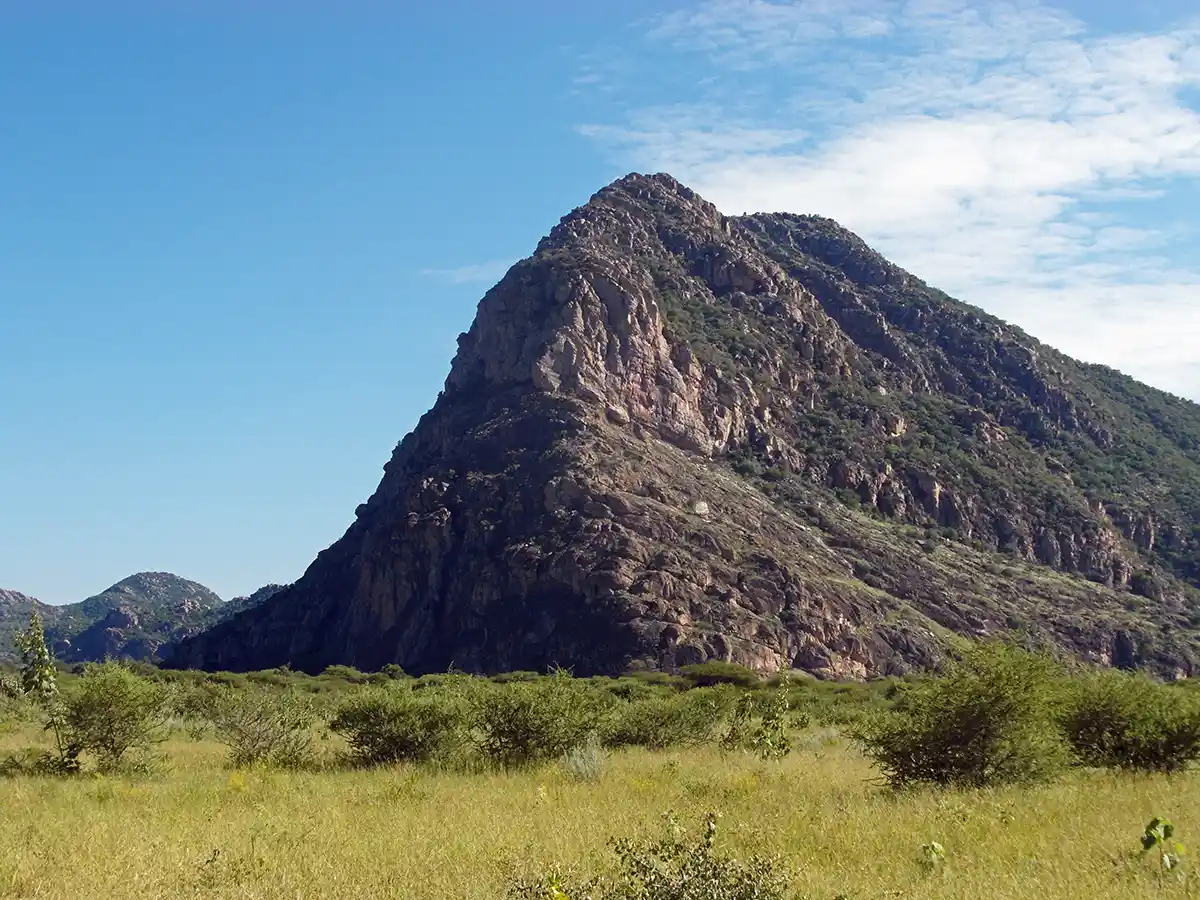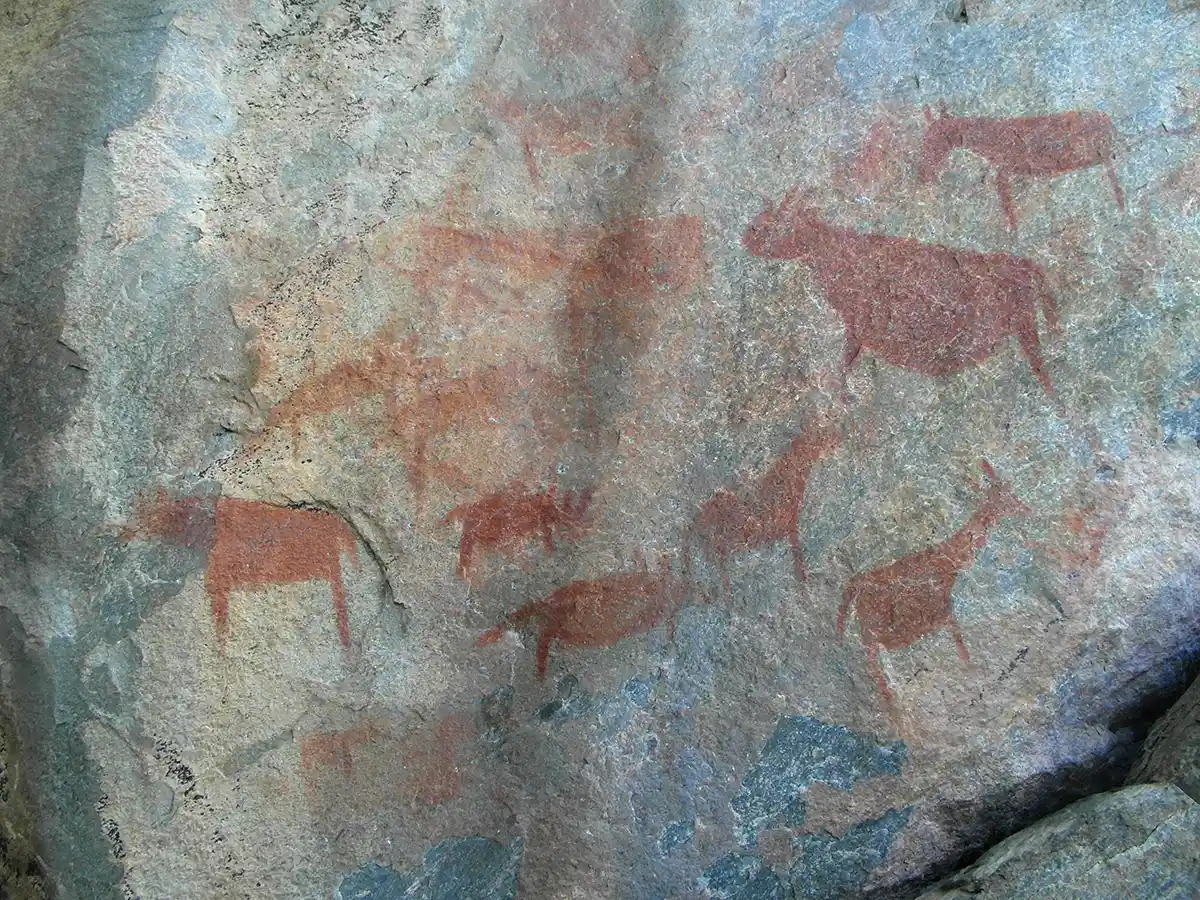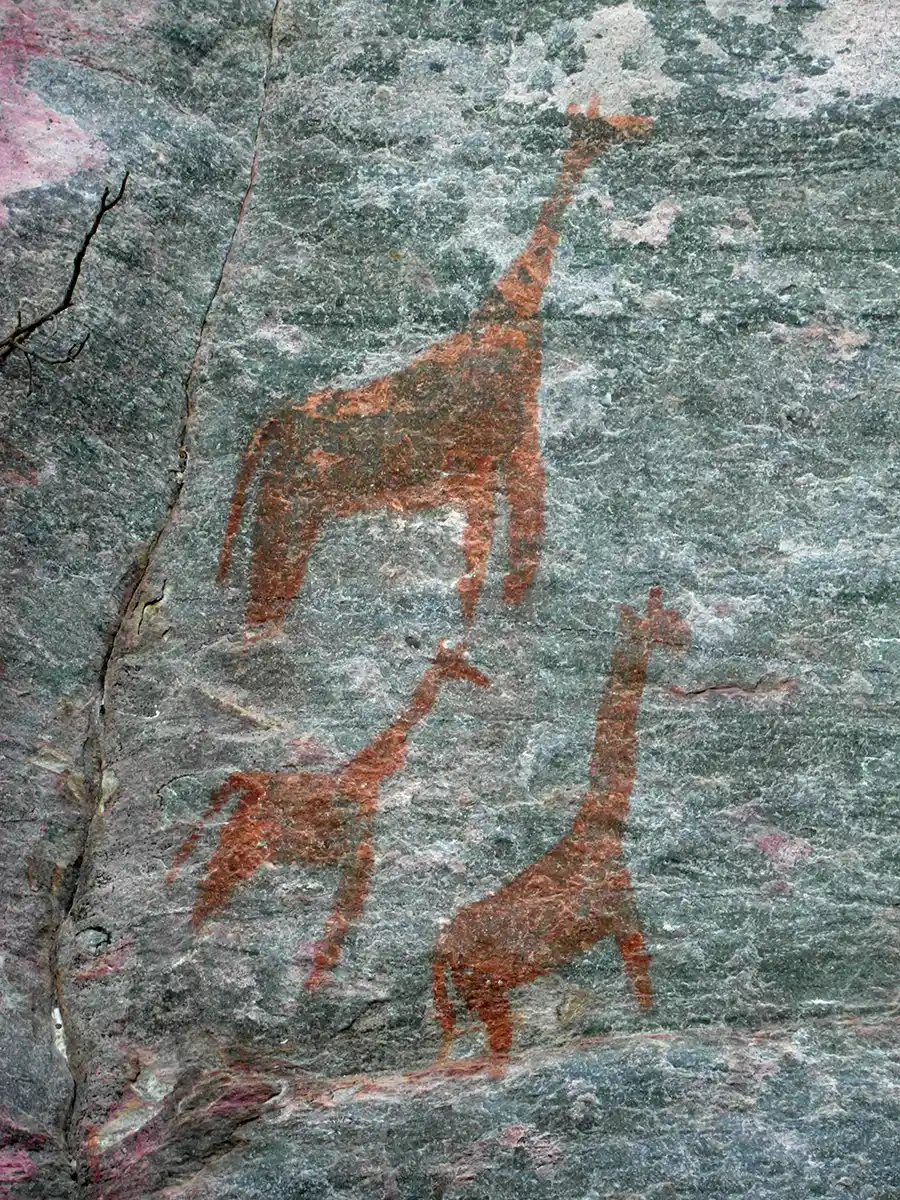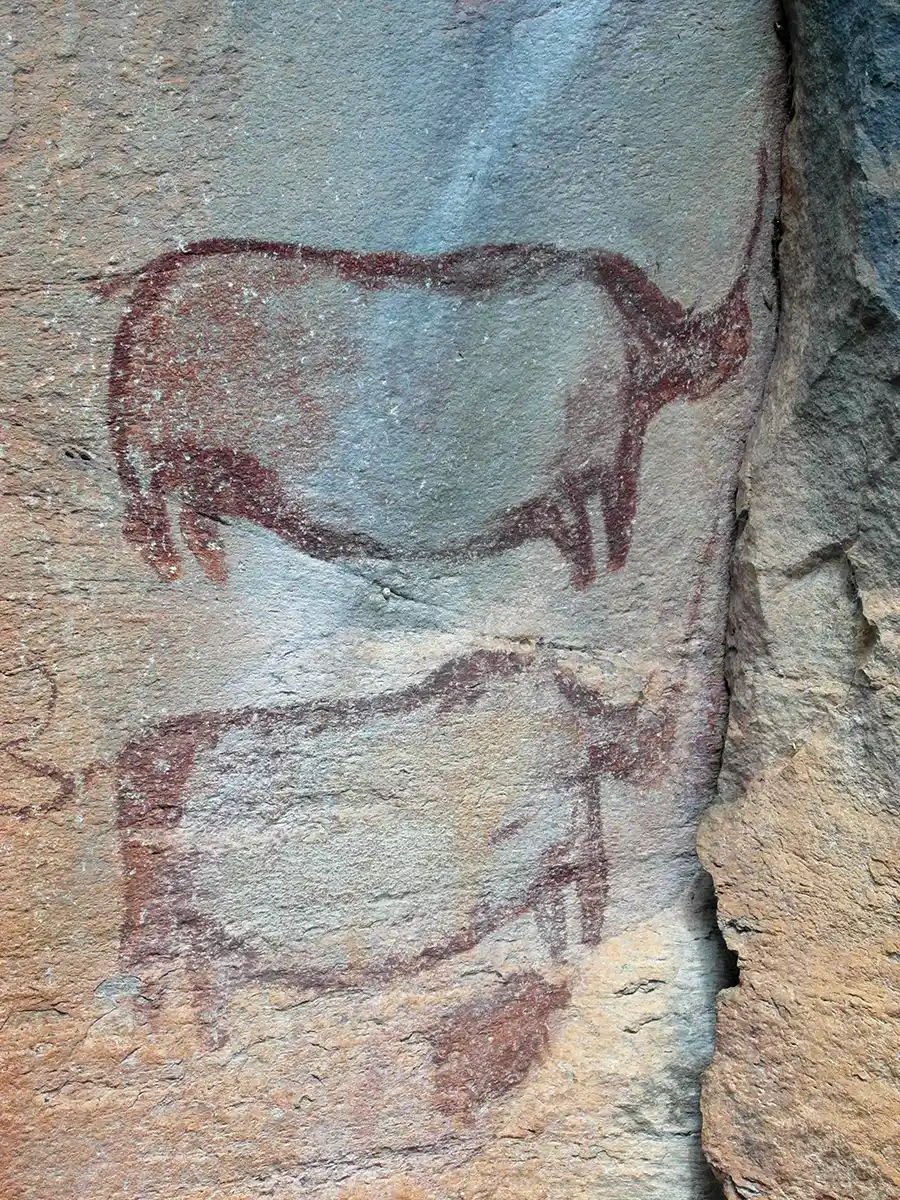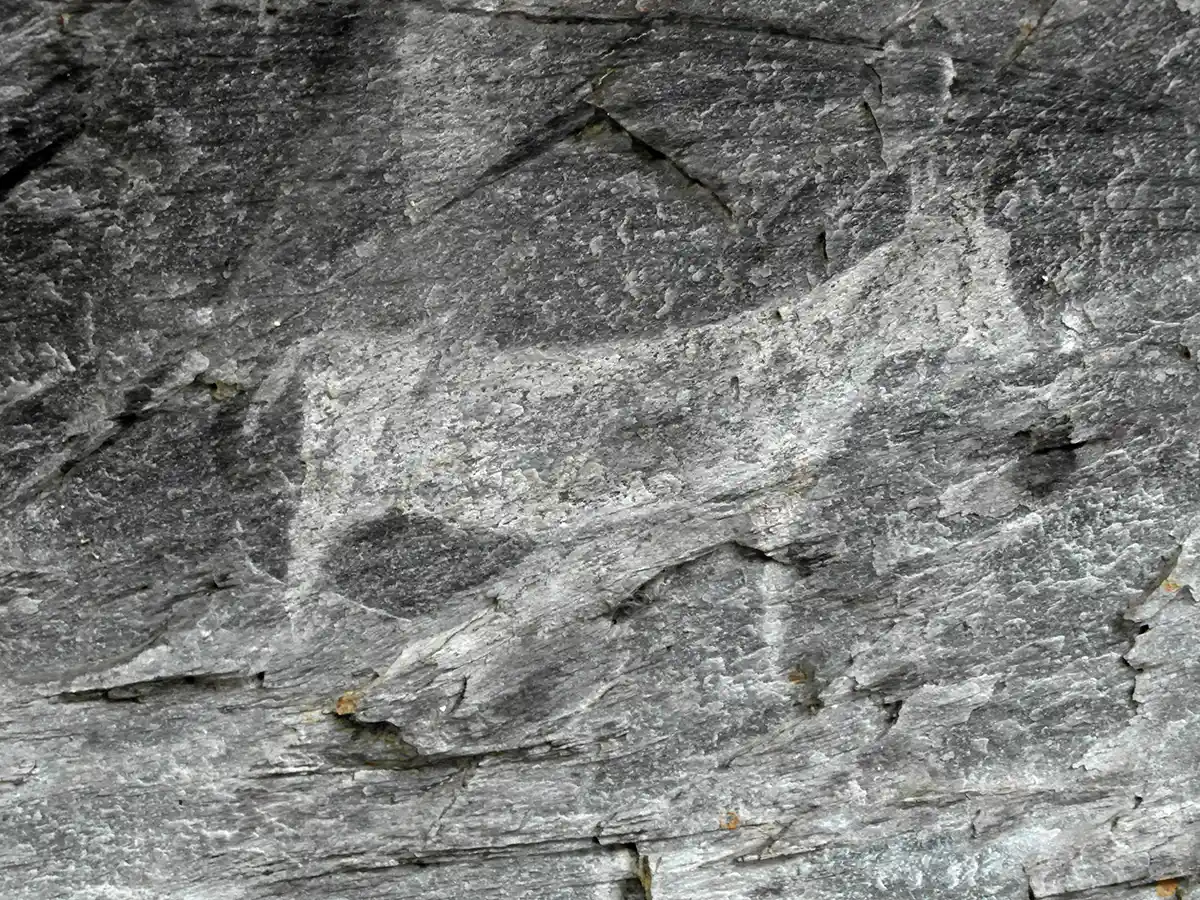Tsodilo Hills Cave Paintings
The Tsodilo Hills are a UNESCO World Heritage Site, consisting of rock paintings, rock shelters, depressions, and small caves. It gained its UNESCO listing in 2001 because of its religious and spiritual significance to local peoples and its record of human settlement over many millennia. UNESCO estimates that there are over 4500 rock paintings at the site. The site consists of a few prominent hills: Child Hill, Female Hill, and Male Hill (1400 meters). These hills are of great cultural and spiritual significance to the San People of the Kalahari.
People have used the Tsodilo Hills for painting and ritual for thousands of years. UNESCO estimates the hills contain 500 individual sites representing thousands of years of human habitation. The hills' rock art has been linked to the local hunter-gatherers. It is believed that ancestors of the San created some of the paintings at Tsodilo and were also the ones to inhabit the caves and rock shelters. Evidence shows that Bantu peoples were responsible for some of the artworks at the hills. Some of the paintings have been dated to be as early as 24,000 years before the present.
There is a managed campsite between the two largest hills, with showers and toilets. It is near the most famous San paintings at the site, the Laurens van der Post panel, after the South African writer who first described the paintings in his 1958 book The Lost World of the Kalahari. The hills can be reached via a good-graded dirt road about 40 km from Shakawe. At the campsite, there is a small museum, and there is also an airstrip nearby.

Martin Gray is a cultural anthropologist, writer and photographer specializing in the study of pilgrimage traditions and sacred sites around the world. During a 40 year period he has visited more than 2000 pilgrimage places in 160 countries. The World Pilgrimage Guide at sacredsites.com is the most comprehensive source of information on this subject.
